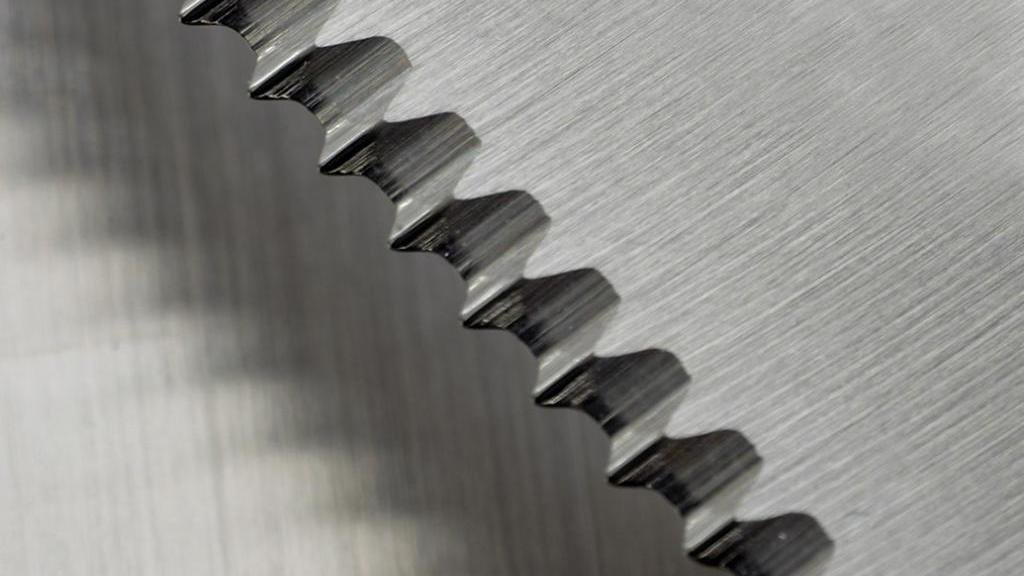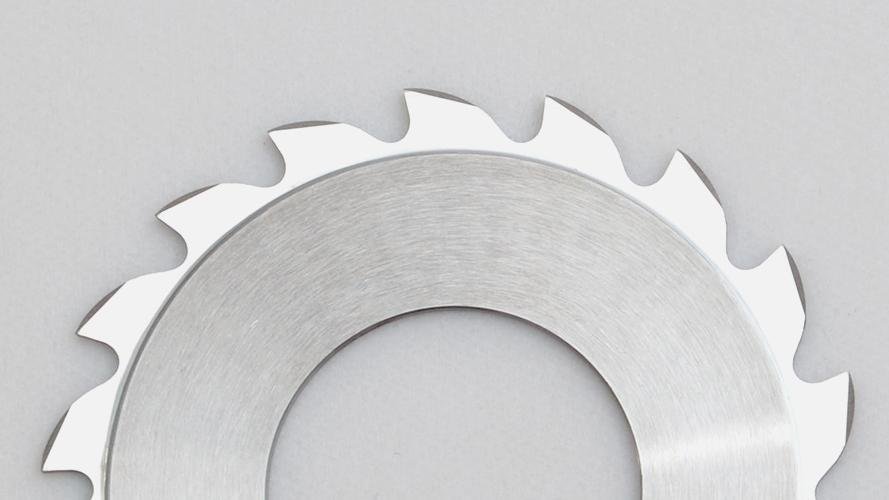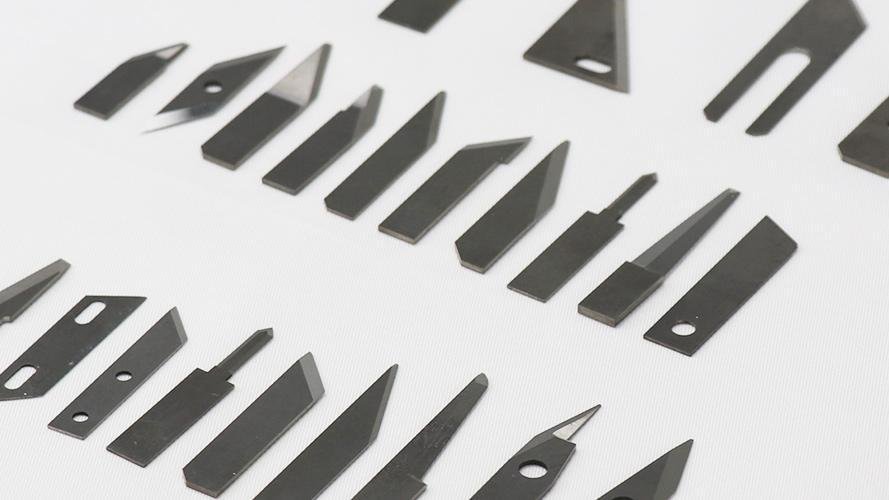Are your industrial blades dulling or chipping too quickly? This costly downtime hurts your output. Discover how micro-edge honing1 can dramatically boost your blade's lifespan2 and cutting performance3.
Micro-edge honing is a precision process that strengthens a blade's cutting edge. By removing tiny burrs and micro-cracks4, it prevents chipping and improves wear resistance. This crucial step extends tool life, ensures consistent performance, and ultimately boosts your production efficiency and reduces material waste.
I've seen firsthand how a seemingly small detail can make a massive difference in a cutting operation. As a Sales Manager at PASSION, I help customers understand that it's not just about making a blade sharp; it's about making it smart and resilient for industrial work. So, how exactly does this powerful process translate into real-world benefits for your specific industry?
How Does Micro-Honing Increase Blade Durability And Prevent Chipping?
Does a brand-new blade sometimes chip after just a few cuts? This frustrating failure ruins materials and halts your production line. Micro-honing creates a tougher, more resilient edge to prevent this.
Micro-honing removes invisible cracks and burrs left after grinding. It creates a tiny, rounded edge that distributes cutting forces evenly. This prevents stress from building up at a single point, significantly reducing the risk of chipping and extending the blade’s operational life under high pressure.
A perfectly sharp, razor-like edge might seem ideal, but in tough industrial settings, it's actually a weak point. Think of it like a needle tip – very sharp, but very fragile. When this delicate edge hits a hard material like sheet metal or dense plastic, all the force concentrates on that tiny point. This creates micro-cracks4 that quickly lead to a chipped or broken blade. I remember a client in Germany, MetalFab Solutions, who was struggling with this exact issue. Their slitter knives for sheet metal were failing constantly, causing expensive downtime. We introduced them to our blades with micro-honed edges. By creating a tiny, almost invisible radius (just a few microns wide) on the edge, the cutting force was spread out instead of focused on one point. This small change eliminated the stress points. Their blades lasted three times longer, and unplanned downtime became a thing of the past. It’s a perfect example of how being slightly less “sharp” in the traditional sense can make a blade much, much stronger for industrial work.
Un-Honed vs. Micro-Honed Edge Breakdown
| Feature | Razor-Sharp Edge (Not Honed) | Micro-Honed Edge |
|---|---|---|
| Stress Distribution | Concentrated at the very tip | Evenly distributed along the radius |
| Initial State | Prone to micro-cracks and burrs | Smooth and defect-free |
| Failure Mode | Chipping, fracturing | Gradual, predictable wear |
| Best For | Low-impact, fine slicing | High-impact, industrial cutting |
Why Is Micro-Honing Crucial For Coated Blades?
Ever invested in expensive coated blades5 just to see the coating flake off? This failure wastes your money and completely negates the benefits of wear and friction resistance you paid for.
A razor-sharp edge is too thin and unstable for a coating to adhere to properly. Micro-honing creates a smooth, stable micro-surface that allows advanced coatings like TiN or DLC to bond securely. This prevents the coating from flaking off, ensuring you get its full protective benefit.
Think about painting a wall. If the surface is dusty or has loose paint chips, the new coat will peel right off. It's the same principle with industrial blades. A raw, freshly ground edge has microscopic burrs and an unstable structure. Applying a high-performance coating directly onto this surface is a recipe for failure because the coating has nothing solid to grip. I worked with a plastic film manufacturer in the United States who faced this exact problem. They were cutting abrasive films, and the expensive TiN coating on their blades was peeling off almost immediately. We showed them how our micro-honing process prepares the blade edge before coating. It creates a clean, uniform, and slightly rounded surface that acts as the perfect primer. The coating can now bond securely, creating a truly durable tool. They saw an immediate stop to coating failure and a huge increase in blade life because th
Explore this link to understand how micro-edge honing enhances blade durability and cutting efficiency. ↩
Discover strategies to extend your blade's lifespan and reduce downtime in your operations. ↩
Learn about the key factors that affect cutting performance and how to optimize them. ↩
Learn about the impact of micro-cracks on blade performance and how to prevent them. ↩
Understand the advantages of coated blades and how they can improve your cutting operations. ↩






